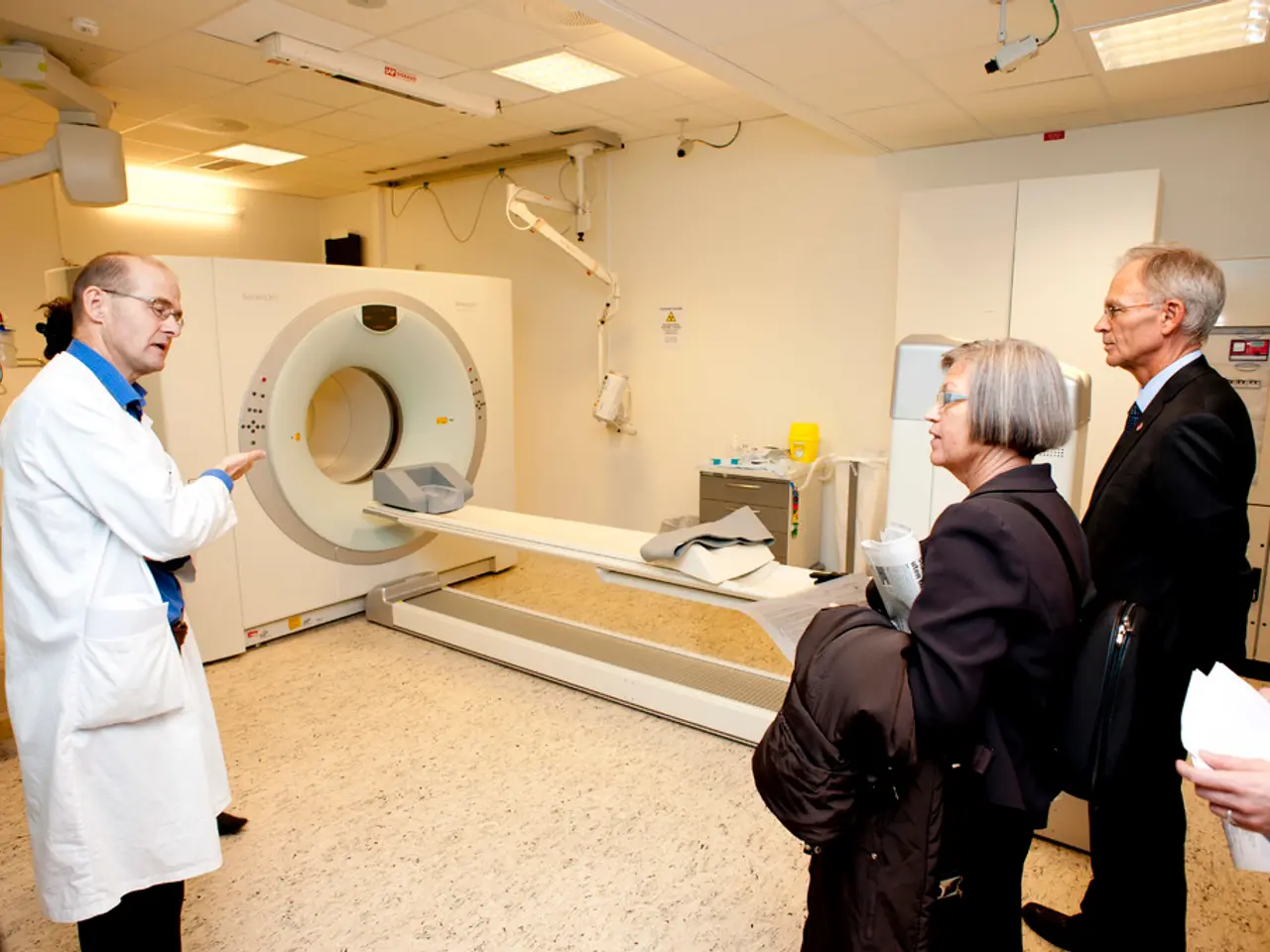The Functioning of Computerized Medical Data Systems in Health Care
In the ever-evolving landscape of healthcare, automated clinical information systems are playing an increasingly significant role. These systems facilitate seamless communication among healthcare professionals, ensuring that clinicians, nurses, and specialists are on the same page regarding patient care.
As telemedicine becomes more prevalent, automated clinical information systems will integrate with telehealth platforms to streamline virtual consultations, diagnosis, and treatment planning. These systems help optimize resource allocation by providing real-time data on patient volumes, staffing needs, and inventory levels, ultimately leading to significant cost savings over time.
One of the key benefits of automated clinical information systems is their ability to help healthcare providers stay compliant with regulations like HIPAA. They can flag potential drug interactions, allergies, and incorrect dosages, reducing the chances of medical errors.
Electronic Health Records (EHR) systems are the backbone of most automated clinical information systems, storing detailed patient information. Clinical Decision Support Systems (CDSS) are integrated into many automated systems to assist healthcare professionals in making clinical decisions. Order Entry Systems allow healthcare professionals to place medication orders, lab tests, and radiology requests directly into the system, reducing errors caused by illegible handwriting.
Laboratory Information Systems (LIS) handle all aspects of the clinical laboratory's operations, including managing test orders, specimen tracking, and result reporting, streamlining workflows and reducing errors in lab testing. Radiology Information Systems (RIS) manage imaging data and integrate it with other hospital information systems, helping healthcare providers track patient imaging procedures and maintain a complete imaging history.
Looking ahead, future trends in automated clinical information systems are largely driven by advances in artificial intelligence (AI), interoperability, mobile technology, and enhanced data security. Key developments expected or emerging by 2025 include AI-Driven Automation and AI Integration, Mobile-First, Interoperable Systems, Enhanced Security and Regulatory Compliance, Integration with Wearables and Remote Monitoring, and Advances in Clinical Trial Technology.
AI enables personalized healthcare experiences by analyzing patient medical histories, biometric data, and behavioral patterns to tailor treatment plans and medication reminders automatically. AI-powered chatbots and virtual assistants streamline administrative tasks like appointment booking and triage, reducing clinician workload and improving patient response times.
Clinical information systems are increasingly designed for mobile access, with 70% of patient interactions occurring on mobile devices. Systems employ responsive web frameworks or native apps incorporating biometric login (fingerprint, face recognition) for secure and convenient access. The use of FHIR (Fast Healthcare Interoperability Resources) standards ensures seamless data exchange across electronic health records (EHRs), telehealth platforms, and wearable devices, offering a unified patient health view.
Growing data volume and system functionality require advanced security measures including encryption, multi-factor authentication (MFA), real-time threat monitoring, and detailed consent management. Compliance with privacy laws like HIPAA and GDPR mandates audit trails, automatic breach notifications, and patient control over data sharing, reinforcing trust and legal adherence.
Continuous vital sign monitoring through AI-enabled smartwatches, fitness trackers, and medical-grade wearables supports chronic disease management and alerts clinicians to abnormalities in real-time. Remote monitoring devices contribute to comprehensive data trails facilitating timely intervention and reduced hospital readmissions.
Automated systems are enhancing clinical trials through AI-powered trial design and analysis, decentralized trial models allowing remote participation, and digital patient-reported outcomes. Voice recognition and NLP with high accuracy streamline patient data collection in trials. Real-time analytics enable predictive safety and compliance tracking to improve trial efficiency and patient-centricity.
Increased interoperability will enable seamless data exchange between healthcare providers, ensuring patient information is consistently accurate and accessible across different systems. Cybersecurity threats can compromise sensitive patient data, making it crucial for healthcare organizations to invest in robust security measures and encryption technologies.
Implementing automated systems can be expensive, but these costs are typically recouped over time through improved efficiency and reduced errors. These systems automate various clinical and administrative tasks, such as patient records management, lab test results, prescription orders, and appointment scheduling. By automating routine tasks like data entry, appointment scheduling, and billing, healthcare providers can focus on more critical patient care activities.
AI and machine learning will play a more significant role in automated clinical information systems, providing advanced data analytics, predictive modelling, and personalized treatment recommendations. The future of healthcare is undeniably intertwined with the advancement of automated clinical information systems, promising a more efficient, error-free, and personalized healthcare experience for all.
In the context of future advancements in healthcare, artificial intelligence (AI) will be integrated into automated clinical information systems to analyze patient medical histories and biometric data for personalized treatment plans (science). By streamlining administrative tasks through AI-powered chatbots and virtual assistants, these systems will help optimize clinician workload (technology).
Mobile technology will also significantly impact automated clinical information systems, with 70% of patient interactions occurring on mobile devices. These systems will employ responsive web frameworks or native apps for secure and convenient access, leveraging biometric login technologies like fingerprint or face recognition (mobile-health).




